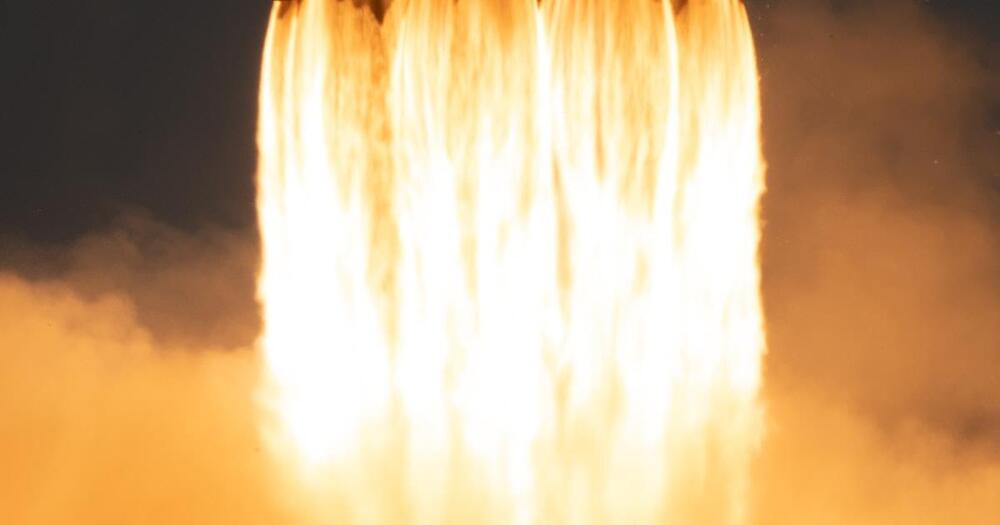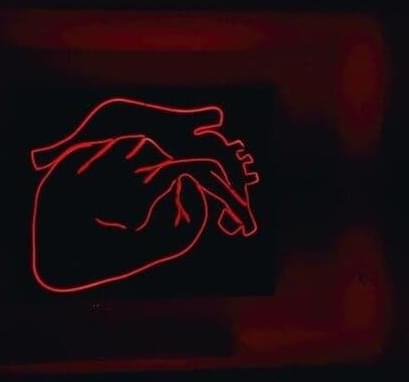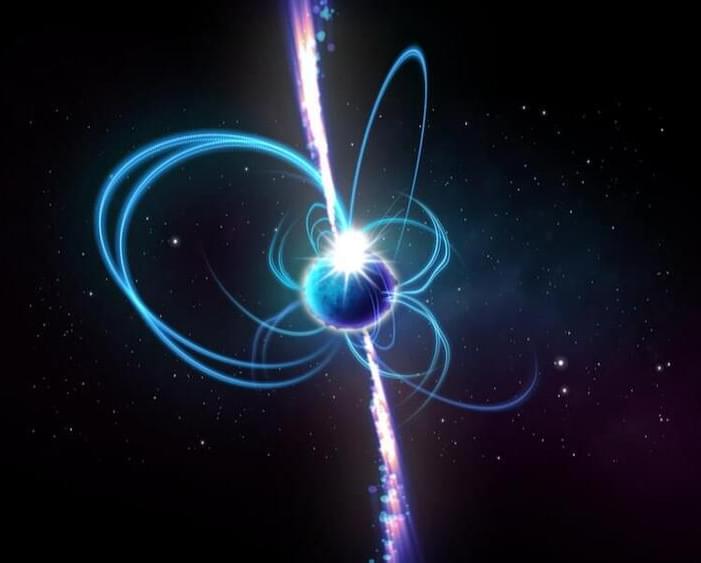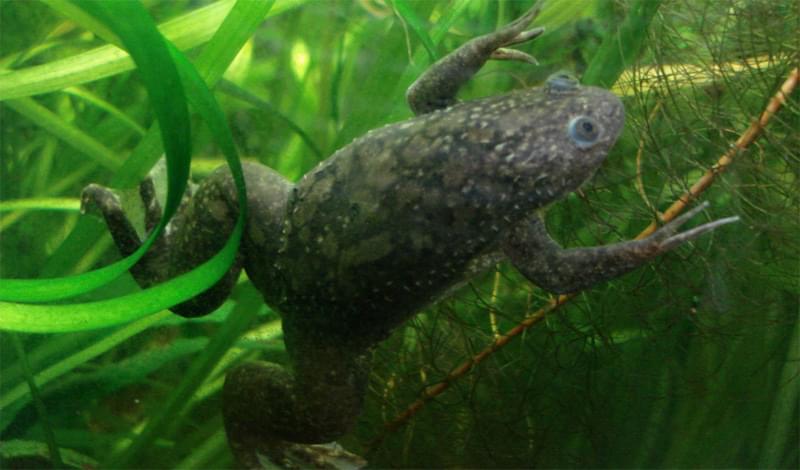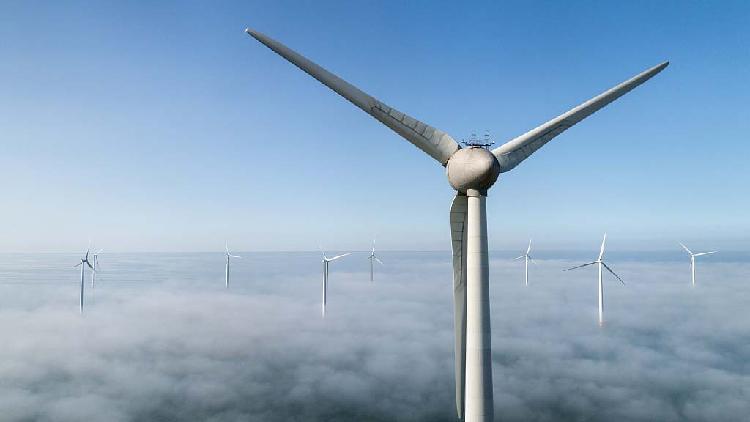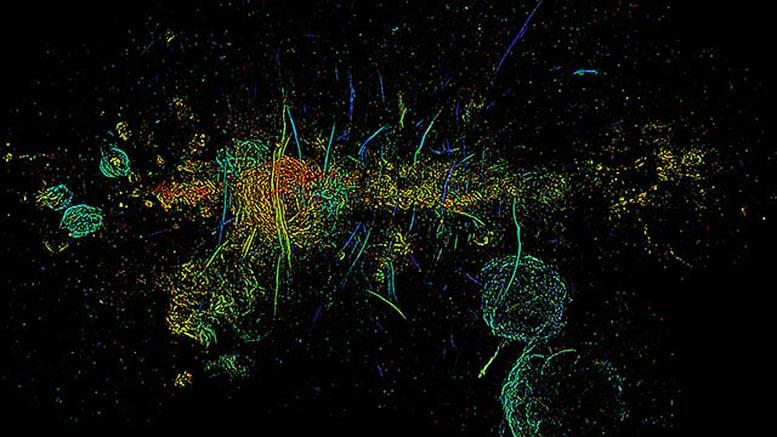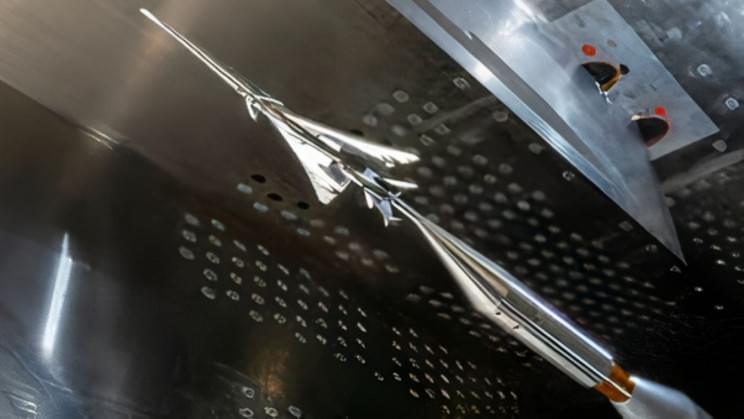Jan 27, 2022
Anti-aging vaccine clears out dysfunctional cells that cause disease
Posted by Nicholi Avery in categories: biotech/medical, life extension
Many of the all-too-familiar symptoms of aging can be attributed to a build-up of senescent cells, those which have stopped dividing. In a new study, researchers in Japan have identified a protein specific to these cells and developed a vaccine that can clear them away, with tests on mice reducing the effects of aging.
Cells cannot keep dividing forever – eventually they accumulate too much DNA damage through environmental stress, so the body shuts them down and flags them to be cleared out by the immune system. This seems to be an evolutionary defense mechanism against cells turning cancerous.
However, even immune cells aren’t immune from this process, and as they become senescent themselves the immune system gradually loses the ability to clear out senescent cells. As these inactive cells accumulate in the body, they contribute to symptoms of aging and the diseases that come with it.

